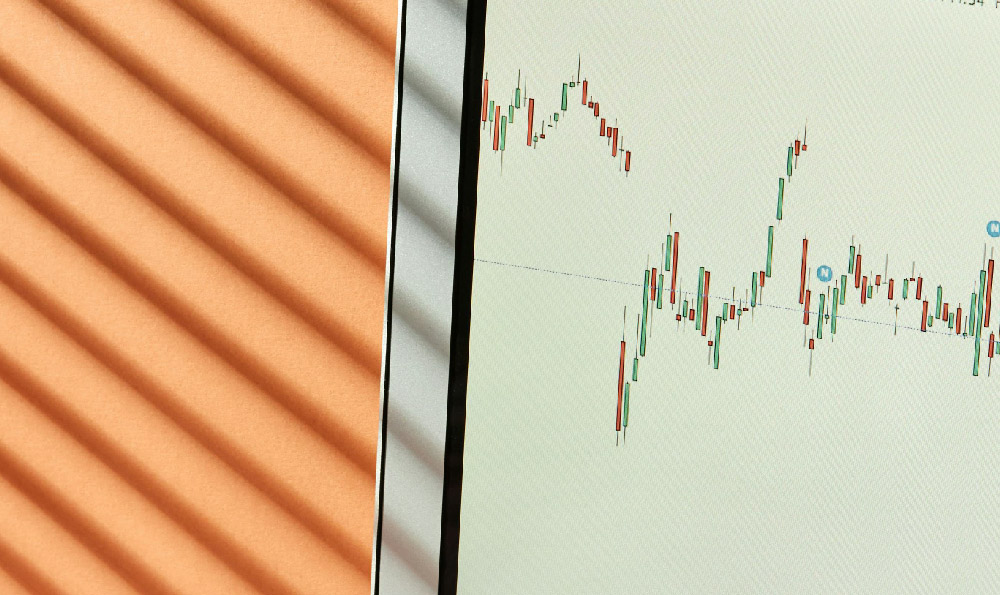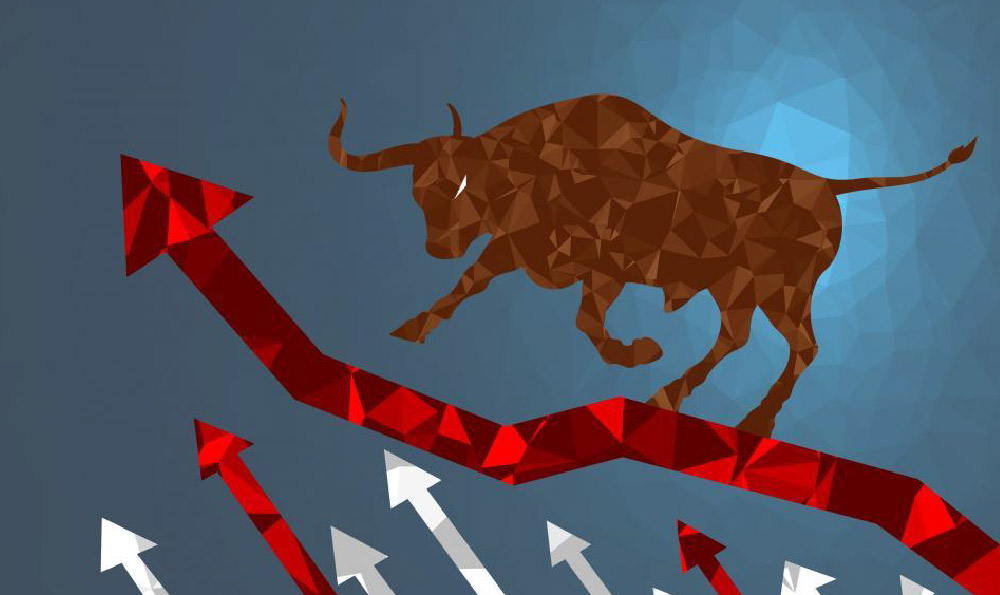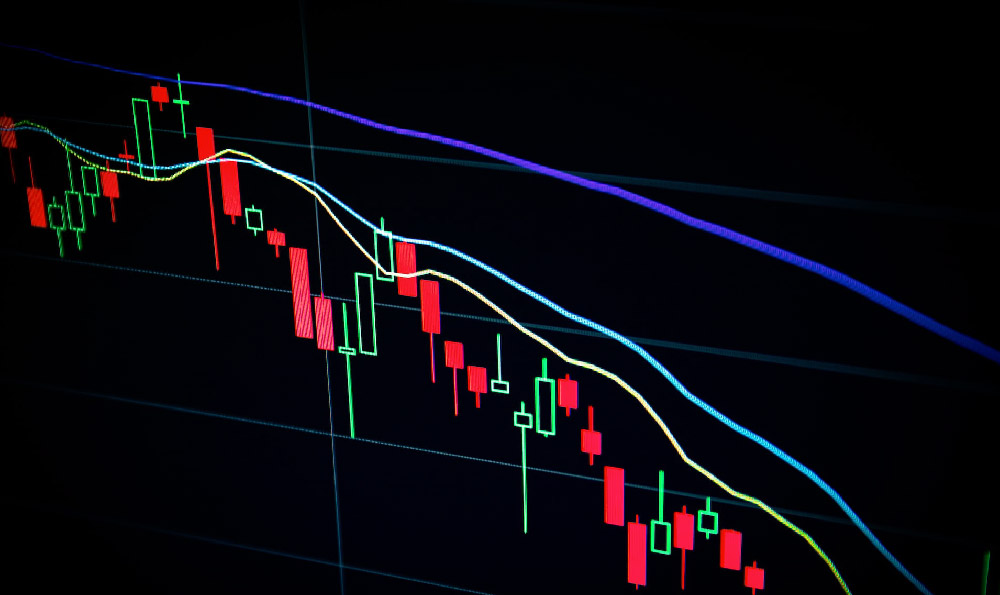Struggling to Invest in Gold and Silver? What's the Best Way for Beginners?

Investing in gold and silver can seem daunting, especially for beginners. The allure of precious metals as a safe haven and a hedge against inflation is strong, but navigating the various options and understanding the associated risks can feel overwhelming. Many people find themselves paralyzed by the sheer volume of information and conflicting advice, leading to inaction or, worse, ill-informed decisions. Let's demystify the process and explore the best ways for beginners to dip their toes into the world of gold and silver investment.
Before diving into specific investment vehicles, it's crucial to understand why gold and silver are often considered valuable additions to a portfolio. Gold, in particular, has historically served as a store of value during economic uncertainty. When traditional assets like stocks and bonds falter, investors often flock to gold, driving up its price. Silver, while also possessing safe-haven characteristics, is more closely tied to industrial demand. It's used in electronics, solar panels, and various other applications, making its price more volatile than gold and influenced by economic growth.
One of the most straightforward ways for beginners to invest in gold and silver is through physical bullion. This involves purchasing actual gold coins, bars, or rounds, as well as silver coins, bars, or rounds. The advantage of owning physical bullion is that you have direct control over your asset. You can hold it in your possession, store it in a safe deposit box, or utilize a specialized vaulting service. However, physical bullion also comes with its own set of challenges. Storage costs can add up, and you'll need to ensure adequate security to protect your investment from theft or damage. Moreover, buying and selling physical bullion typically involves a premium over the spot price, which is the current market price. This premium can eat into your potential profits, especially if you're making frequent trades. When buying physical gold or silver, it is crucial to purchase from reputable dealers to ensure authenticity and avoid counterfeit products.

Another popular option for beginners is investing in gold and silver Exchange-Traded Funds (ETFs). These ETFs hold physical gold or silver and track the price of the underlying metal. Investing in a gold or silver ETF is similar to buying shares of a stock. You can easily buy and sell shares through your brokerage account, making it a convenient and liquid investment. ETFs eliminate the need to store and secure physical bullion, reducing storage costs and security concerns. However, it's essential to note that while most gold and silver ETFs are backed by physical metal, they are not the same as owning the metal outright. You don't have the same direct control, and you are subject to the ETF's management fees and potential tracking errors. Different ETFs may have varying expense ratios and storage practices, so it's essential to research and compare before investing.
Gold and silver mining stocks represent another avenue for investing in precious metals. These are shares of companies that are involved in the exploration, mining, and refining of gold and silver. Mining stocks offer the potential for higher returns than physical bullion or ETFs, but they also come with significantly higher risks. The performance of mining stocks is influenced by factors beyond just the price of gold and silver, such as the company's management, production costs, geopolitical risks, and environmental regulations. Before investing in mining stocks, it's crucial to conduct thorough research on the company's financials, its mining operations, and the regulatory environment in which it operates. A diversified approach, such as investing in a gold mining ETF, can help mitigate some of the individual company risk.
A less common but potentially interesting option is investing in gold and silver streaming and royalty companies. These companies provide financing to mining companies in exchange for a portion of the future production of gold and silver. Streaming and royalty companies typically have lower operating costs than mining companies and can generate consistent cash flow even when metal prices fluctuate. However, their performance is still tied to the success of the mining projects they finance, so due diligence is essential.
For beginners, a measured and diversified approach is key. Starting with a small allocation to gold or silver, perhaps 5-10% of your overall portfolio, allows you to gain exposure to precious metals without taking on excessive risk. Consider using dollar-cost averaging, which involves investing a fixed amount of money at regular intervals, regardless of the price. This can help you avoid buying at market peaks and smooth out your average cost over time. Whether you choose to invest in physical bullion, ETFs, mining stocks, or a combination of these, it's crucial to understand the risks and rewards associated with each option. Stay informed about market trends, economic indicators, and geopolitical events that could impact the price of gold and silver.
Ultimately, the best way to invest in gold and silver as a beginner depends on your individual financial goals, risk tolerance, and investment horizon. There's no one-size-fits-all answer. Take the time to educate yourself, consult with a financial advisor if needed, and develop a well-thought-out investment strategy. With careful planning and a patient approach, you can successfully incorporate gold and silver into your portfolio and potentially benefit from their unique properties. Remember that investing involves risk, and there is no guarantee of profit. However, with knowledge and discipline, you can increase your chances of achieving your financial goals.















